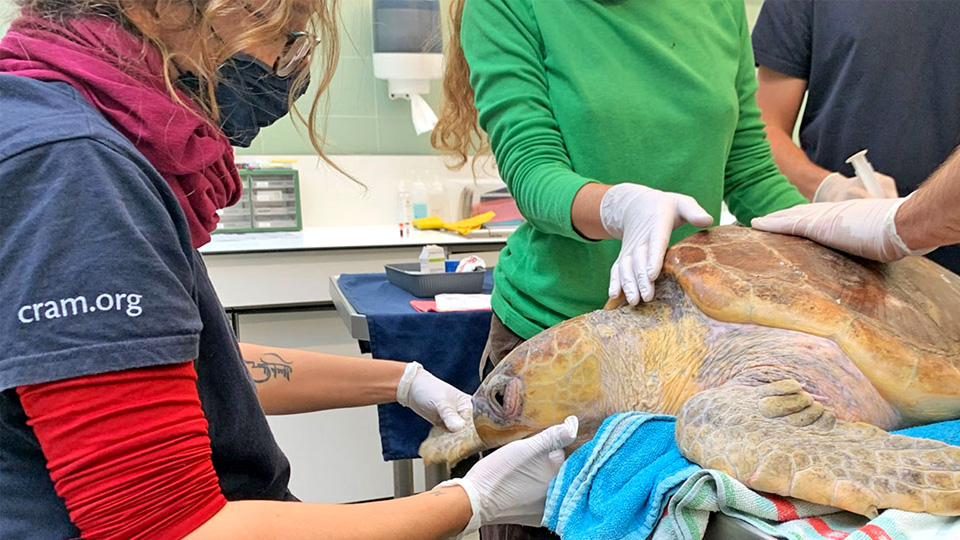How to know if my child needs glasses
12/12/2025

05/06/2022
As part of the first campaign for the “Tinguem Vista” (May You See) initiative, the Barraquer Ophthalmology Centre has sponsored the turtle Bernarda. We’re talking to Montse Pal, head of fundraising and communication for the Fundació CRAM, one of our partner organisations and a centre of reference for the Conservation and Restoration of Marine Animals. Its mission is to “make local efforts to protect marine biodiversity from global threats”.
Tell us Bernarda the turtle’s story.
Bernarda is a sea turtle that was admitted to the Fundació CRAM’s Rescue Centre at the end of August. She had been spotted swimming near La Pineda beach in Vila-Seca for a few days and would frequently leave the water to take a breath. At the time of her admission, Bernarda the turtle was in overall poor health with peeling skin, damage to all her flippers and inflamed conjunctiva, plus she was extremely thin and dehydrated. In addition, during her initial days with us, she passed a large amount of plastic and, to everyone’s surprise, a bottle of eyedrops! She got all the care she needed right from the off, and little by little she started to improve, her skin started to heal. She has also gained almost 7 kilos since she was admitted.
Do you rescue many turtles? Is their main problem always plastic-related?
In our 25 years of working to promote the sea, we’ve rescued 800 turtles and put them back in the sea. The main reason for admittance is bycatch, the principle threat to sea turtles. Even so, almost on a daily basis we see how sea contamination affects them. Many of the turtles who are admitted to the centre pass plastic over their first few days here, as was the case with Bernarda.
How long do the turtles remain in treatment?
On average, they remain in treatment for around two months and practically all of them are reintroduced into their natural habitat. They are very strong and resistant animals.
And as an ophthalmology centre, we have to ask a certain question: do turtles have good eyesight?
It’s not their most well developed sense. They use both their eyes and smell to guide them. As they are animals that live in the sea and sometimes the water is turbulent or deep and they lose sight of colours, they rely on their sense of smell to find food.
How can we help contribute to your mission?
Education is society's most powerful tool. Knowing what is going on is the first step to action. That’s why we offer many activities at our centre to get citizens to participate and join us in protecting the ocean. We also invite you to sponsor a turtle by becoming a Friend of the CRAM or by working on our volunteer programme.